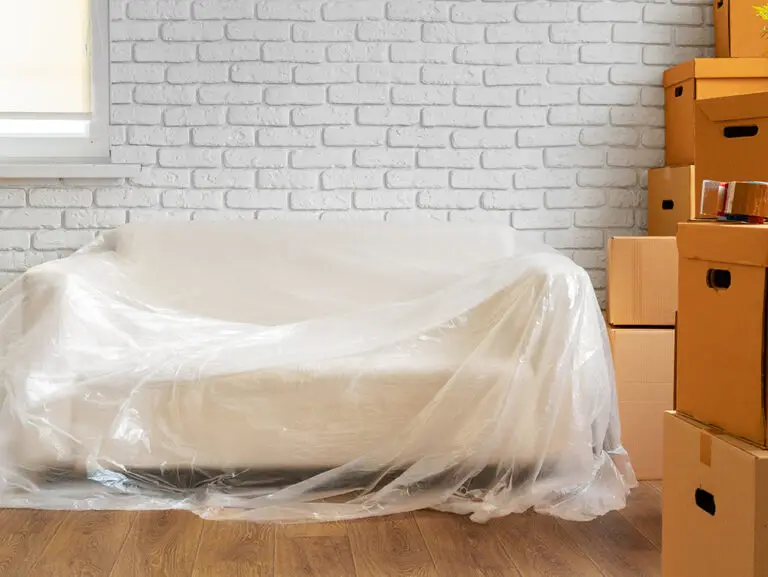Often, customers will come to Safe ‘n’ SOUND Self Storage and ask if they can and should store a car and their other vehicles with us.
The answer is a simple YES. Whether your car is a daily driver or your prized possession, only to be driven on sunny days, any car can be safely stored inside a storage unit at any of our branches.
However, if you are storing a car long term, we recommend some things you can do to ensure it emerges from storage in as good a condition as it went in.
Why Should I Store My Car in a Storage Unit?
Safe ‘n’ SOUND Self Storage facilities provide security to keep your car secure and protected all year round. Long-term vehicle storage means it is protected from outdoor elements like sun, wind-borne debris, and rain.
Furthermore, it is protected from vandals & thieves because it is locked, alarmed, and surveilled by cameras. With your vehicle isolated in storage, it means nothing can fall on it or brush up against it as things can in a normal garage. Also, with extended access hours, you can even come and visit to make sure your vehicle is ok!
Now that you know why you should store a vehicle, let’s look at the 10 steps you can take before you store it to preserve the car and its engine and ensure it starts when you return to it.
How Should I Store a Car Long Term
New Cars: Leave Battery, Old Cars: Remove Battery
For older cars without engine computers, it is better to disconnect and remove the battery altogether. However, if you have a newer vehicle with an engine computer, you should be aware that it will require a battery.
As recommended by Drive, you can use a battery tender or trickle charger in these cases to ensure the battery keeps its charge. It would be good to get a friend or family member to take the car out every now and then.
Use Some Elbow Grease
Carefully remove accumulated road grime and dirt from the nooks and crannies in the fender wells, wheel arches and bumper bars. Left without cleaning, rust and corrosion may result. Wash the car thoroughly, including the underside of the car. Dry the car completely and wax if you so wish.
Get Jacked
If the car has been sitting for an extended period, say three months or more, jack it up and place the jack stands under the rear axle and the front suspension. With the tyres off the ground, they will not develop flat spots that cause unpleasant vibrations when the car is put back on the road.
Use a Car Cover
A car cover is ideal for long-term vehicle storage, as it protects the vehicle from weather, dust, pest infestations, and the odd condensation drip. This cover will also keep the car clean and minimise any cleaning once it is removed from storage.
Change the Oil
Skip this step if you’re only storing the car for a week or two. Consider getting the oil changed if you will be storing the vehicle for longer than 30 days. Vehicle manufacturers recommend this step in their owner’s manuals, explaining that used engine oil has contaminants that could damage the engine in the long term.
Top Off the Tank
Fill the tank with petrol or diesel if you expect the car to be in storage for more than 30 days. Topping it off will minimise moisture build-up inside the fuel tank and keep the seals from drying out.
You should also purchase a fuel stabiliser to prevent ethanol build-up and protect the engine from gum, varnish and rust. The fuel stabiliser will prevent the fuel from deteriorating for up to 12 months.
Don’t Use the Parking Brake
It’s usually a good idea to use the parking brake, but don’t do it when you leave a car in a storage space. If the brake pads contact the rotors for too long, they might fuse. Instead, purchase a chock to prevent the car from moving.
Wipe Out Your Wiper Blades
Remove the wiper blades (if possible) and store them inside the car. Make sure you clean them well before storing them. They tend to stick to the glass, and if left long enough, the blade edge will deform from being pressed just one way.
Superior Interior Cleaning
Give the interior of the vehicle a good cleaning before storing it to reduce any odours and remove any food particles. Vacuum the carpets, wipe down the dashboard, and clean every nook and cranny. It’s also recommended to remove most items from the car, as these can stress the seat springs or deform the upholstery if left for long periods.
Maintain Insurance
You might be tempted to cancel your vehicle insurance when your vehicle is in long-term storage in a car. Although that might initially save you money, there is a chance that the insurance company will raise your rates, or you may lose your no-claim bonus due to the gap in coverage.
A trap for the unwary is to have someone come down and start your car and drive it and not realise it is uninsured! So, contact your insurance company to see what options are available to you.
Vehicles We Store at Safe ‘n’ SOUND Self Storage
Most cars, motorbikes and small marine craft, such as jet skis, can all be accommodated in a standard Self Storage unit at Safe ‘n’ SOUND Self Storage.
Most cars will fit into a 6m x 3m space with room to open the driver’s side door and walk around the car to place jack stands and car covers, etc.
However, if your vehicle is a little different or you think you may need a space to suit, please call our team at 1300723367 to discuss your needs with our highly trained staff today.


